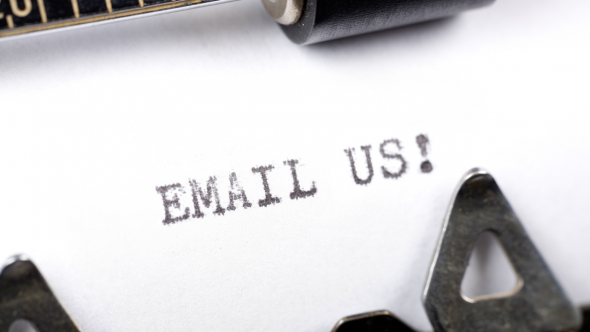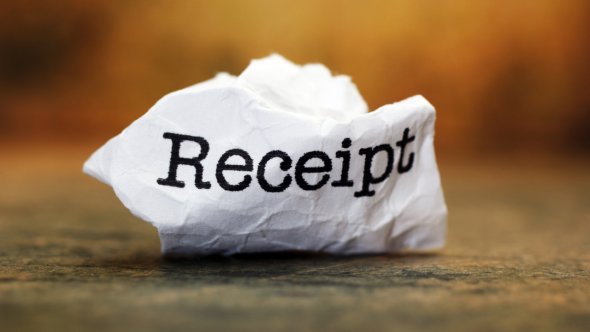One of the core values of our client, a non-profit organization, is to streamline operations, making processes easier for both staff and donors. This principle guided their recent overhaul of how they handle in-kind donations—a process that, until recently, was fraught with inefficiencies.
The Challenge
Initially, the process for managing in-kind donations was cumbersome and time-consuming. Donors had to contact a staff member directly, leading to extensive back-and-forth communication to determine the suitability of the donation and arrange a drop-off time. This method was further complicated by COVID-19 restrictions and a lack of technological integration.
The Solution
To address these challenges, our client introduced a suite of automation tools to simplify and enhance the donation experience. Here’s how they revamped the process:
- Online Donation Forms: Donors can now indicate their intention to donate through a user-friendly form on the non-profit's website, powered by Typeform. This tool was chosen for its aesthetic alignment with the organization’s brand and its ability to handle complex conditional logic, which is essential for differentiating between types of donations, such as general gifts and electronic devices.
- Automated Email Confirmations: Upon form submission, donors receive an automated email via Gmail that confirms their intent to donate and provides details about what they are donating. This email includes a personalized thank-you message and a link to a Calendly page where they can schedule their donation drop-off.
- Calendly for Scheduling: This scheduling tool integrates with staff Google Calendars to display available times, allowing donors to book a convenient slot without additional coordination. This system not only reduces the administrative burden on staff but also accommodates donor preferences and streamlines the drop-off process.
How It Works
The process starts when a donor fills out the online form. For device donations, specific eligibility criteria trigger an automated email that confirms whether the donation can be accepted. For general donations, an immediate email thanks the donor and directs them to schedule a drop-off. This integration of Typeform, Gmail, and Calendly eliminates unnecessary steps, ensuring a seamless transition from intent to action.
The Benefits and Drawbacks
From the staff’s perspective, this new approach has significantly smoothed the booking and reception of donations. The clear guidelines and automated scheduling have reduced the need for back-and-forth communication, freeing up staff time and improving operational efficiency. However, while the system was particularly beneficial during high-demand periods such as the holidays, the overall increase in donations has been modest. The organization recognizes the need for better promotion of this donation avenue to fully realize its potential.
Conclusion
By automating the in-kind donation process, our client has not only enhanced the efficiency of their operations but also improved the donor experience, aligning with their foundational value of making processes easy. This case study illustrates the transformative potential of integrating strategic automation tools in non-profit operations.
Ready to streamline your nonprofit operations and boost fundraising efforts?
Unlock the Power of Technology for Your Nonprofit!
Discover expert insights and innovative solutions to optimize your nonprofit's operations and boost fundraising efforts. Let us help you make a bigger impact with less effort!
CONTACT US


